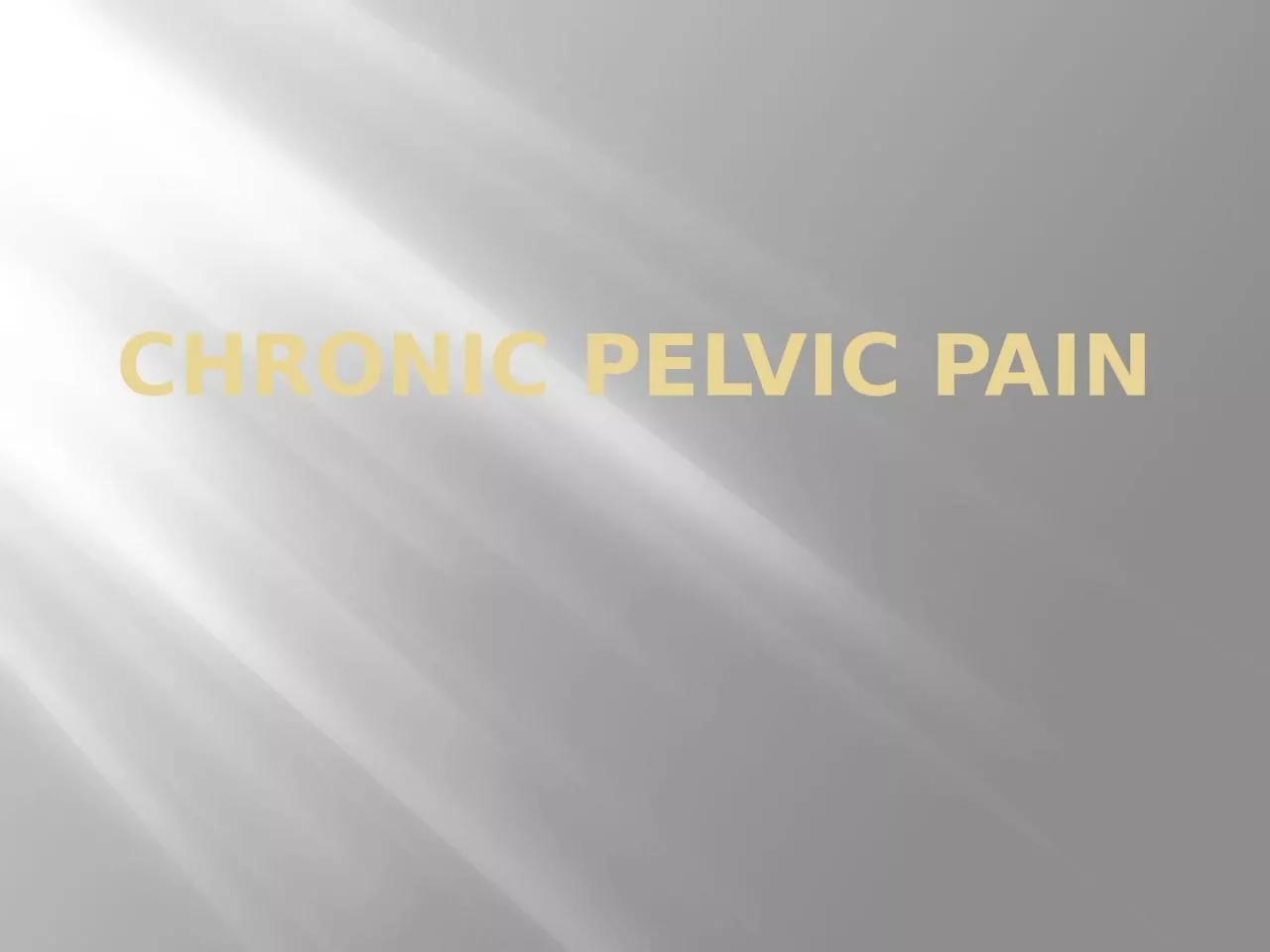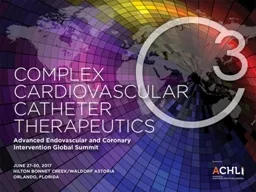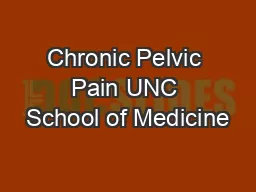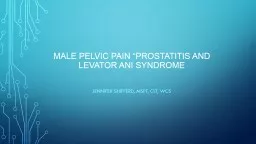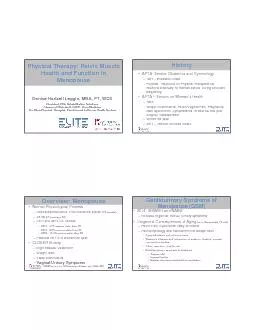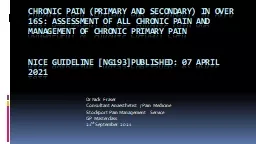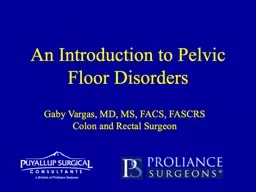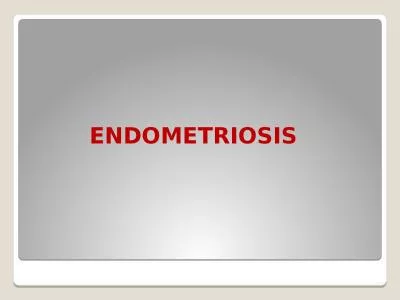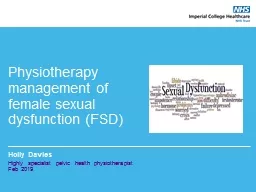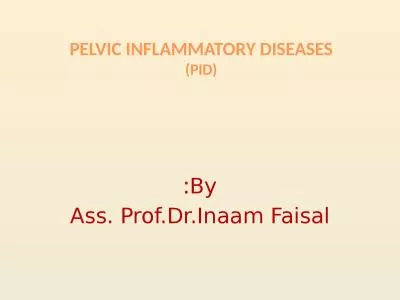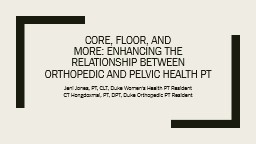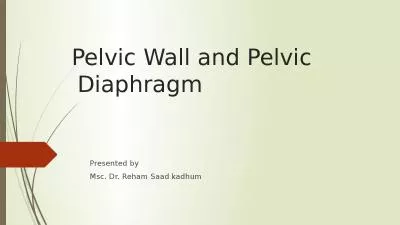PPT-Chronic Pelvic Pain Definition:
Author : ivy | Published Date : 2022-06-15
recurrent pain of at least 6 months duration unrelated to pregnancy periods or intercourse localizes to the pelvis infraumbilical anterior abdominal wall or lumbosacral
Presentation Embed Code
Download Presentation
Download Presentation The PPT/PDF document "Chronic Pelvic Pain Definition:" is the property of its rightful owner. Permission is granted to download and print the materials on this website for personal, non-commercial use only, and to display it on your personal computer provided you do not modify the materials and that you retain all copyright notices contained in the materials. By downloading content from our website, you accept the terms of this agreement.
Chronic Pelvic Pain Definition:: Transcript
Download Rules Of Document
"Chronic Pelvic Pain Definition:"The content belongs to its owner. You may download and print it for personal use, without modification, and keep all copyright notices. By downloading, you agree to these terms.
Related Documents

